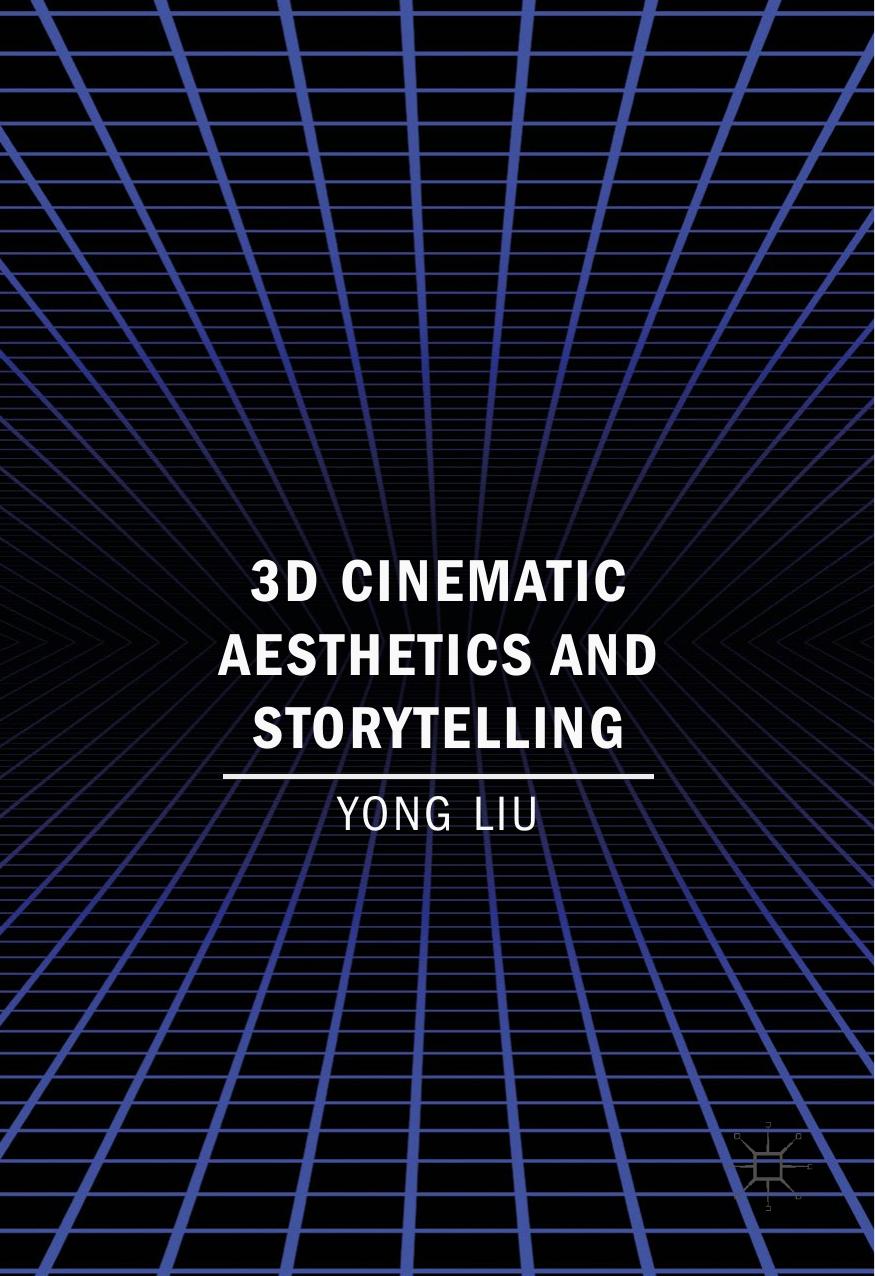3D Cinematic Aesthetics and Storytelling by Yong Liu

Author:Yong Liu
Language: eng
Format: epub, pdf
Publisher: Springer International Publishing, Cham
Conclusion
In conclusion, stereoscopic 3D techniques can enhance our sense of movement and powerful action through intensifying directionality, distance and three-dimensional spatiality. It can also contribute to a sense of spaces as dynamic and unstable through the establishment of primary and dynamic stereoscopic timespaces, so that the theatre of action is not enclosed within the boundary of the 3D window . Therefore, it could be said that there is a strong sense of off-screen space beyond both the horizontal breadth and the vertical height of the 3D field screen. Moreover, the enhanced infinite volumetric depth suggests a general extension of actions and movement (not only those along the Z-axis ). By integrating seamlessly with digital special effects (VFX), the dynamic stereoscopic timespaces can even modify the spatial relationships among the X-axis , Y-axis and Z-axis , thus enhancing and dynamising the interplay between character actions and spaces in movement. Therefore, dynamic stereoscopic timespaces tend towards instability, so that spectacular movements, actions, disasters and wondrous transformations are produced and enhanced, as in Need for Speed and Pompeii.
However, if the temporal aspects of the stereoscopic timespaces have in some cases reasserted themselves over spatial aspects, this also allows for elements of the time-image to surface in what are basically movement-image films ; in Deleuze’s words (1997), they ‘reverse time’s subordination to movement and show time for itself’ (p. 109). Such films can, at certain moments, produce subjective stereoscopic timespaces, as exemplified by the hologram scene in Prometheus and Dr. Stone’s virtual communication and Kowalski’s reappearance in Gravity (2013). In most subjective stereoscopic timespaces, the spatial status tends to maintain stable, because the nature of subjective stereoscopic timespaces has fully transformed into pure temporality and the aim of them draws forth a different artistic potential—inspiring thoughts through time. At such points, we may see the indiscernible exchanges and coalescence of the virtual past (future) and actual present in stereoscopic crystal-images.
The three layers of stereoscopic timespaces do not have a straightly hierarchical relation to one another. In other words, subjective stereoscopic timespaces are not superior to the other two types of stereoscopic timespace. It is also worth noting that there are very few stereoscopic crystal-images (in which the relationship between actual and virtual is blurred) that surface from the substrate of subjective stereoscopic timespaces more generally in digital 3D cinema. However, hypothetically, with infinite depth and dual parallax spaces as a formal resource, the 3D mode might provide a renewed opportunity for avant-garde and experimental filmmakers, who favour fewer cuts, longer takes and deep focus aesthetics, to work strategically with mise-en-scène, innovating with stereoscopic crystal-images and exploring the temporal continuum—‘a bit of time in the pure state’ (Deleuze 1997, p. 82). In this case, it may be that 3D, in comparison with 2D, allows new possibilities for the virtuosic rendering of crystal-images that are both intelligible and dramatically effective for mass audiences. In any case, subjective stereoscopic timespaces, as a matrix for stereoscopic crystal-images, should be instrumental for filmmakers in expressing a thought ‘born from
Download
3D Cinematic Aesthetics and Storytelling by Yong Liu.pdf
This site does not store any files on its server. We only index and link to content provided by other sites. Please contact the content providers to delete copyright contents if any and email us, we'll remove relevant links or contents immediately.
Call Me by Your Name by André Aciman(20371)
Ready Player One by Cline Ernest(14524)
How to Be a Bawse: A Guide to Conquering Life by Lilly Singh(7391)
Wiseguy by Nicholas Pileggi(5671)
The Kite Runner by Khaled Hosseini(5083)
On Writing A Memoir of the Craft by Stephen King(4863)
Audition by Ryu Murakami(4850)
The Crown by Robert Lacey(4723)
Call me by your name by Andre Aciman(4619)
Gerald's Game by Stephen King(4581)
Harry Potter and the Cursed Child: The Journey by Harry Potter Theatrical Productions(4440)
Dialogue by Robert McKee(4321)
The Perils of Being Moderately Famous by Soha Ali Khan(4169)
Dynamic Alignment Through Imagery by Eric Franklin(4116)
Apollo 8 by Jeffrey Kluger(3637)
Seriously... I'm Kidding by Ellen DeGeneres(3577)
The Inner Game of Tennis by W. Timothy Gallwey(3575)
How to be Champion: My Autobiography by Sarah Millican(3555)
Darker by E L James(3477)
